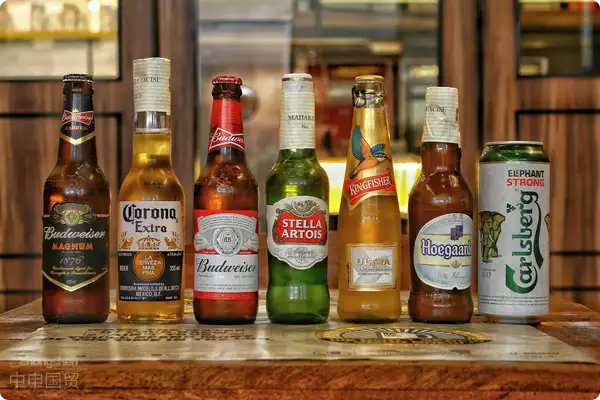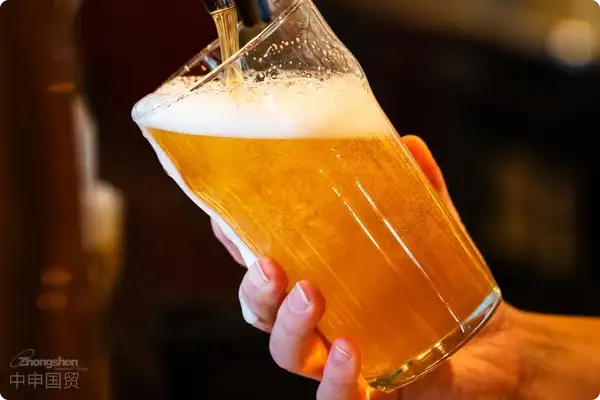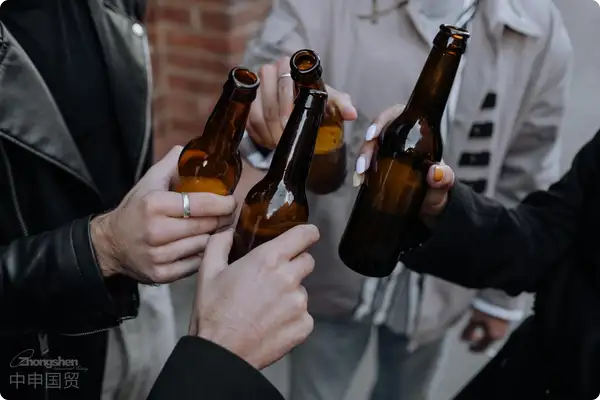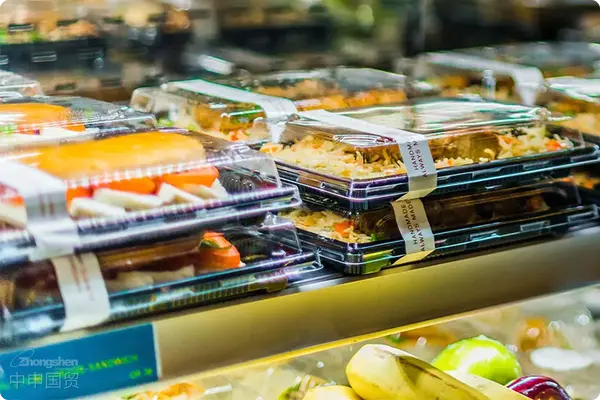- Shanghai Zhongshen International Trade Co., Ltd. - Two decades of trade agency expertise.
- Service Hotline: 139 1787 2118

When Beer Meets Customs: Those Fail Moments Weve Seen
In 2021, we handled a shipment of German dark beer where the client insisted on declaring it as food and beverages. The entire container was detained during inspection due to unlabeled alcohol content. This $230,000 lesson taught us:Beer importation is never just about moving goodsbut involves multiple regulatory aspects such as food, alcohol, and packaging.
Three Misconceptions That Are Diluting Your Profits
- Misconception 1: Original Bottle Import = Full Compliance
- Real Case: A Belgian white beer was rejected due to missing production dates on Chinese back labels
- Compliance Requirements: GB7718 General Standard for Prepackaged Food Labels + Local FDA Filing
- Misconception 2: CIF Quotes Are the Most Cost-Effective
- Hidden Costs: Destination port handling fees can be as high as 3% of cargo value
- Optimal Solution: FOB + Door-to-Door Service Combination
- Misconception 3: Tariffs Represent the Total Tax Burden
- Real Tax Breakdown: The cumulative effect of 10% tariff + 13% VAT + 20% consumption tax
- Tax-Saving Strategies: HS Code Selection and Free Trade Agreement Utilization
Key Control Points in the Six-Step Standard Process
| Stage | Time Consumption | Risk Control Points |
|---|---|---|
| Qualification Filing | 15 working days | Importer Food Registration and Alcohol Business License Synchronized Processing |
| Pre-approval of Chinese labels | 3 Working Days | Nutrition Facts Table Must Use Chinese Measurement Units |
| Constant Temperature Transportation | Subject to Shipping Route | Full Journey Temperature Logger Data Retention |
Three Golden Rules of Cost Control
- Packaging Optimization:A Mexican Beer Reduced Costs by 17% Through Switch to Foldable Bottle CratesMaritime TransportationCustoms Clearance Stability
- Batch Planning:Reverse Scheduling Method Combining Peak Sales Seasons with Ocean Shipping Cycles
- Tax Leverage:ASEAN Origin Beer Tariff Reduction Case Under RCEP Framework
From Munich to Shanghai: A Craft Brands Customs Clearance Diary
In 2023 When Representing a German Craft Brand, We AchievedPhased Customs Clearance StrategyResolved Unexpected Policy Adjustments:
First BatchAir Transportation200 Cases Completed Market Access Testing
Main Ocean Shipment Split into 3×40HQ Separate Declarations
Utilized Bonded Warehouse to Buffer Seasonal Sales Fluctuations
Ultimately Achieved 40% Annual Import Volume Increase with Zero Port Demurrage Rate.
Four Must-Ask Questions When Selecting Agents
- Do They Possess Specialized Alcohol Import Qualifications?
- Customs Clearance Success Rate for Similar Products in Past 3 Years?
- Coverage of Major Port Service Networks?
- Are There Complete SOPs for Exception Handling?
When Holding a Beer Import Plan, Remember Each Container Carries Both Malt Aroma and Commercial Rationality. The Value of Professional Agents Lies in Maintaining Optimal Bubble Balance Between These Two—Neither Letting Compliance Risks Dilute Commercial Passion, Nor Letting Cost Pressures Affect Product Quality.
Related Recommendations
Category case
Contact Us
Email: service@sh-zhongshen.com
Related Recommendations
Contact via WeChat

? 2025. All Rights Reserved. 滬ICP備2023007705號-2  PSB Record: Shanghai No.31011502009912
PSB Record: Shanghai No.31011502009912









